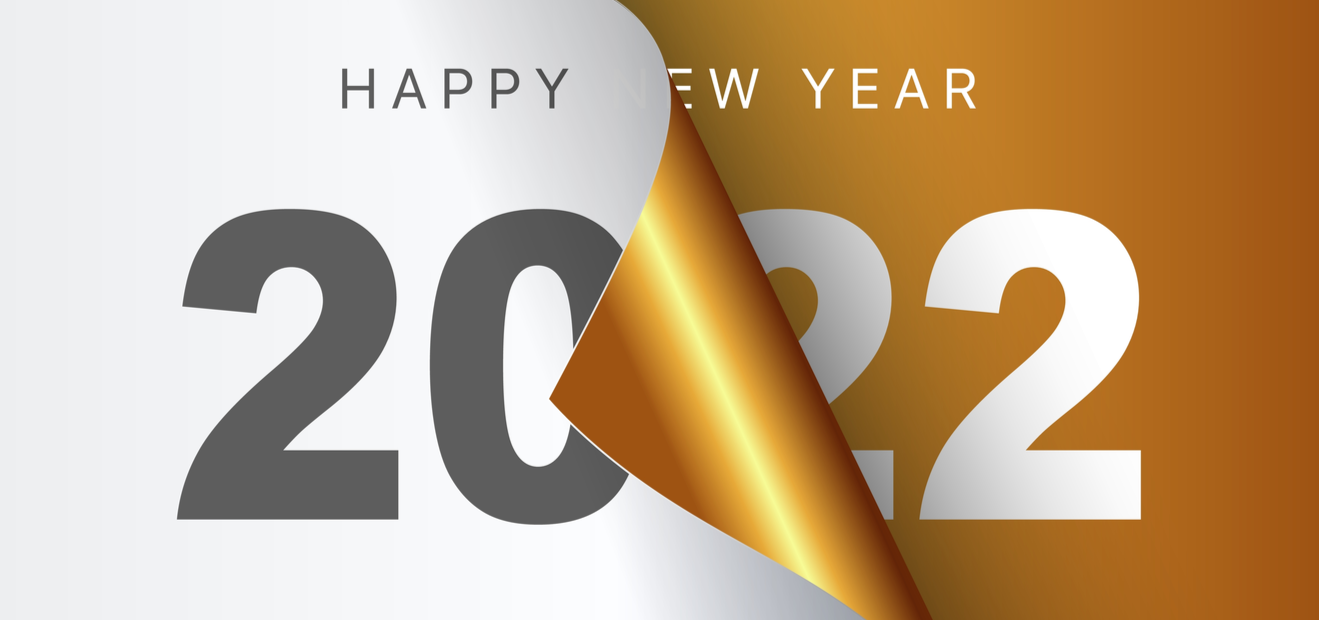How SaaS CFOs are Fuelling Growth Quicker After Moving Off QuickBooks

10 Financial Operations Predictions for Small and Mid-size SaaS CFOs and Controllers
January 25, 2022
How 3 NGO CFOs Expanded Global Impact with Data-Driven Decision Making
January 27, 2022For many start-ups, QuickBooks is usually the obvious first choice because it’s known for being simple, affordable and good enough till your transactions cross a certain threshold. If your organisation is growing rapidly and you are suddenly overwhelmed and feel you’re losing control of managing your business finances, it’s probably because you are outgrowing QuickBooks.
But that’s Ok! QuickBooks was built to help you start not necessarily to help you scale. As your company grows, there is always a big demand on the finance team to prove out the revenue model, forecast the future, and manage cash flow/revenue.
The recipe to fuelling your growth quicker lies within the secret sauce from these 5 key ingredients:
- Integrate systems for quicker quote to cash processing
- Leverage flexible billing models for increase in cash flow
- Build end to end revenue management to close the books up to 80% faster
- Produce real-time reports and investor metrics up to 80% faster
- Forecast and plan for the future to improve your valuation
Integrate systems for quicker quote to cash processing
Billing can quickly become problematic especially if you are utilising systems that are not built to scale. In general, we see the turning point at around 200 invoices, particularly if you’ve got multiple billing scenarios and lines of product. QuickBooks wasn’t designed to handle this complexity, and because it doesn’t easily integrate with a CRM like Salesforce you spend too much time manually re-entering orders, manually re-entering contract changes and renewals and probably the most challenging of all, manually calculating usage billing to automate your quote to cash process.
By having a comprehensive SaaS finance tech stack with salesforce integrated, you are able to experience a seamless flow of data across systems without re-entering information from quotes or contracts. Companies that integrate their quote-to-cash often see their Days Sales Outstanding (DSO) decrease by as much as 30% to 75%, freeing up cash-flow to invest in hiring and acquisitions.
“We cut order to bill by 50% using Sage Intacct.”
– Brett Belcastro, WW Revenue Controller at Acquia
Leverage flexible billing models for increase in cash flow
In an order-based system like QuickBooks, its difficult to scale a dynamic growing business that is leveraging a blend of recurring usage based, project based and/or other complex billing models. If your business has a lot of manual changes to the revenue schedules and subscription lifecycle, you are likely to have errors that can impact your audit and significantly delay your close. Even worse, these errors could misrepresent your company’s position and credibility with investors that could potentially help you raise your next round of funding.
With flexible, agile billing that’s automatic and driven directly from your contracts, you can iterate and innovate your pricing to deliver value to your customers and prospects and more easily take advantage of new opportunities.
Companies that can innovate their pricing can provide more value to customers, commonly resulting in:
- Increased committed monthly recurring revenue (CMRR) by up to 15% to 30% with new billing models
- Increased add-on sales to increase customer lifetime value (CLTV) by as much as 15%,
- Reduced churn by as much as 2%.
“I was brought in to help streamline finance operations, create efficiencies, and
enable scalability. I do that with Intacct and the SaaS-specific tools are
really important to me as a finance team of one.”
– Caitlyn Greene, Finance Lead at Saleshood
Build end to end revenue management to close the books up to 70% faster
ASC 606 is an excellent compliance measure but has undoubtedly created a huge burden for revenue accounting. QuickBooks users are now forced to manage revenue recognition and expense amortisation in spreadsheets. If handling new contracts weren’t enough, every time there’s an upsell, down-sell, renewal, hold/resume, or extension, schedules need to be adjusted. Add in multi-element arrangements, and you take the complexity and manual calculations to a whole new level. At the end of every period, the data needs to be entered back into the QuickBooks general ledger (GL) and reconciled. To comply with ASC 606, you need to know your contract assets and liabilities and most companies find this overwhelming to run in spreadsheets on an ongoing basis.
In addition, calculating complex revenue recognition in spreadsheets is error-prone and raises concerns about accuracy and audits. In so many ways the lack of visibility and understanding of recognised revenue and cash positions can negatively impact your investor valuations. By moving off QuickBooks, you gain more visibility into your growth. You are also able to automate revenue streams throughout the customer lifecycle which could save you hours of painstaking calculations, accelerate your close, and improve accuracy and compliance.
Automating revenue recognition scales compliance with ASC 606. Coupled with the automation of other close processes, companies frequently:
- Reduce the close period by 80%
- Grow employees and revenue as much as 100% with 0% headcount growth in Finance
- Achieve less than 10% variation in revenue forecasts to increase valuation in fund-raising
“We are now ASC 606 compliant. Revenue Cycle time is less than 20% and
growth with only one new headcount was over 15000%.”
– John Fowle, VP Corporate Controller at Welltok
Produce real-time reports and investor metrics up to 80% faster
If you own, manage or work for a start-up looking to grow and build a viable business, it’s imperative to understand the key drivers of success to show investors how well your company is performing. When you don’t know where you stand, you can’t move on opportunities, and you run out of time for thoughtful analysis. If that’s happening constantly, it impacts the confidence the leadership team has in making informed business decisions.
When contracts flow seamlessly from your CRM solution into your financial solution and your billing, revenue recognition and general ledger are unified, you can automate the end-to-end process. This means you have real-time GAAP reporting and SaaS metrics, saving weeks of report preparation with the click of a dashboard.
Since all the data you need is in your financial solution, reports can be run anytime—not just after close. Companies that have real-time metrics are more agile in their decision making and frequently:
- Reduce budget variances to less than 10%,
- Create monthly executive reporting packages in less than 6 days, and
- Reduce board-report creation time to less than a week.
“For us, moving over to Sage Intacct helped with a lot of our quirky contracts and
cohort billing. It’s a lot easier to have everything in one specific contract.
You can add additional lines and different products and different services, and
it keeps it in one easy to find place. That is not an option in QuickBooks. ”
– Elay Cohen, CEO & Founder at Saleshood
Forecast and plan for the future to improve your valuation
Having a comprehensive finance tech stack as your single source of truth makes all the difference for your SaaS organisation. It eliminates the process of piecing together multiple systems and spreadsheets that hinder your ability to forecast what’s happening in your business. With one comprehensive SaaS finance tech stack, your quote-to-financial-forecast process is connected and forecasts on revenue, cash, and billings can be run with the click of button.
No more waiting on the data to make those important decisions that impact cash consumption and revenue growth. It is not surprising that companies that can see months into the future have an edge over the competition and can be more effective in getting funding or moving to IPO.
“With Sage Intacct, we are able to predict the future.”
– Michael Mincieli, SVP, Finance at Verimatrix
Sage Intacct offers the #1 SaaS Finance tech stack that allows you to scale your subscription billing & cash flow management so you can raise your next round of funding without hiccups.
The Akuna Solutions Team

